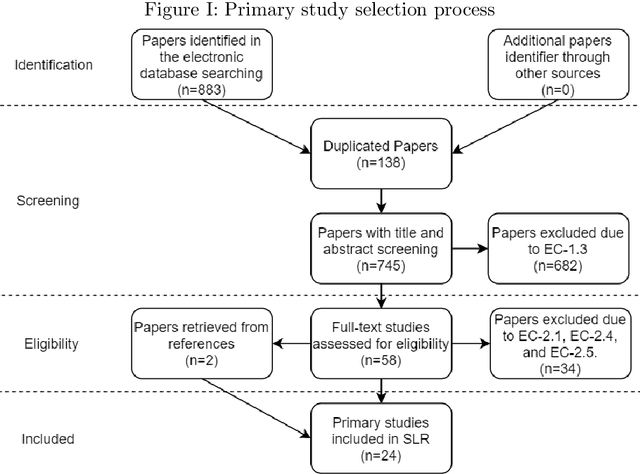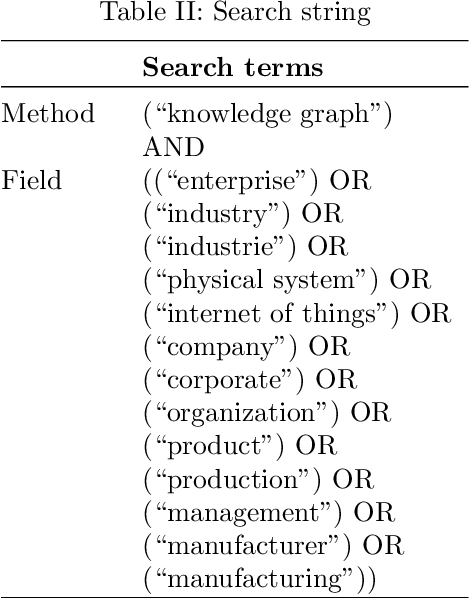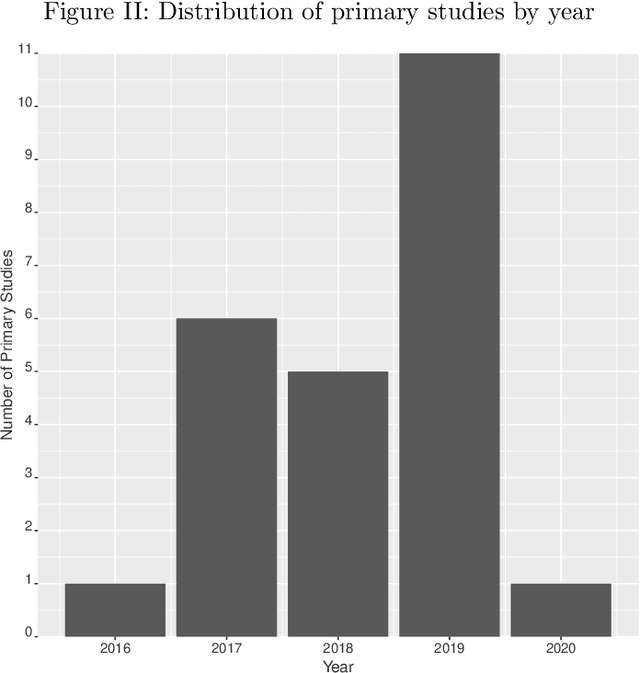Georg Buchgeher
Towards a Reference Software Architecture for Human-AI Teaming in Smart Manufacturing
Jan 21, 2022
Abstract:With the proliferation of AI-enabled software systems in smart manufacturing, the role of such systems moves away from a reactive to a proactive role that provides context-specific support to manufacturing operators. In the frame of the EU funded Teaming.AI project, we identified the monitoring of teaming aspects in human-AI collaboration, the runtime monitoring and validation of ethical policies, and the support for experimentation with data and machine learning algorithms as the most relevant challenges for human-AI teaming in smart manufacturing. Based on these challenges, we developed a reference software architecture based on knowledge graphs, tracking and scene analysis, and components for relational machine learning with a particular focus on its scalability. Our approach uses knowledge graphs to capture product- and process specific knowledge in the manufacturing process and to utilize it for relational machine learning. This allows for context-specific recommendations for actions in the manufacturing process for the optimization of product quality and the prevention of physical harm. The empirical validation of this software architecture will be conducted in cooperation with three large-scale companies in the automotive, energy systems, and precision machining domain. In this paper we discuss the identified challenges for such a reference software architecture, present its preliminary status, and sketch our further research vision in this project.
Knowledge Graphs in Manufacturing and Production: A Systematic Literature Review
Dec 16, 2020



Abstract:Knowledge graphs in manufacturing and production aim to make production lines more efficient and flexible with higher quality output. This makes knowledge graphs attractive for companies to reach Industry 4.0 goals. However, existing research in the field is quite preliminary, and more research effort on analyzing how knowledge graphs can be applied in the field of manufacturing and production is needed. Therefore, we have conducted a systematic literature review as an attempt to characterize the state-of-the-art in this field, i.e., by identifying exiting research and by identifying gaps and opportunities for further research. To do that, we have focused on finding the primary studies in the existing literature, which were classified and analyzed according to four criteria: bibliometric key facts, research type facets, knowledge graph characteristics, and application scenarios. Besides, an evaluation of the primary studies has also been carried out to gain deeper insights in terms of methodology, empirical evidence, and relevance. As a result, we can offer a complete picture of the domain, which includes such interesting aspects as the fact that knowledge fusion is currently the main use case for knowledge graphs, that empirical research and industrial application are still missing to a large extent, that graph embeddings are not fully exploited, and that technical literature is fast-growing but seems to be still far from its peak.
 Add to Chrome
Add to Chrome Add to Firefox
Add to Firefox Add to Edge
Add to Edge